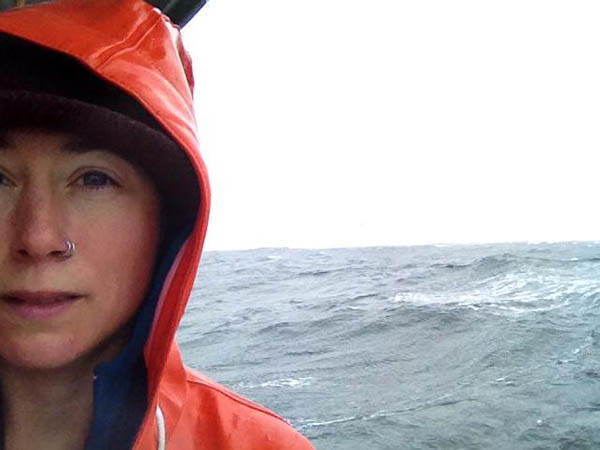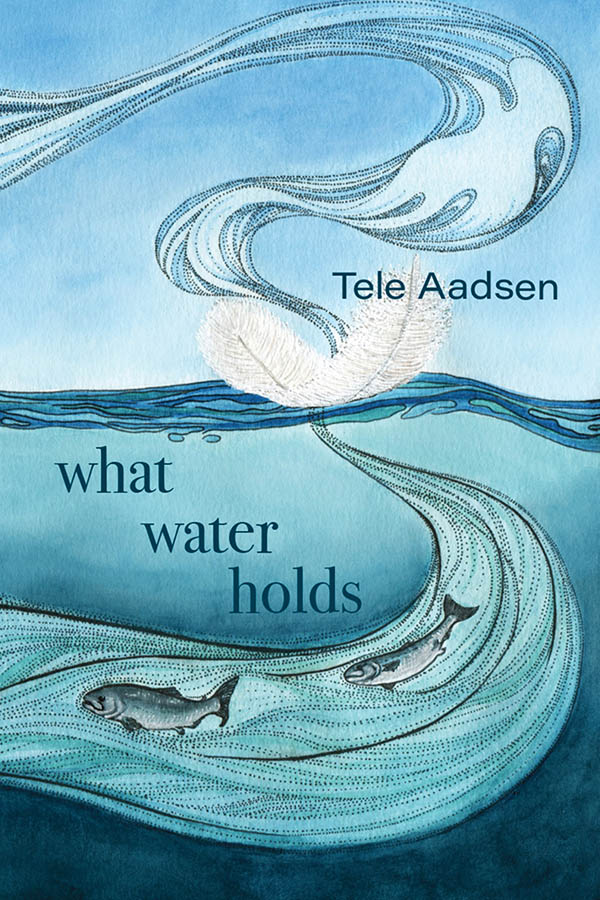It’s been almost 1 month since Alaska’s 2011 longline fishery opened. Maybe you’ve seen banners around your grocery’s seafood counter, promoting the sudden market availability. “Fresh Alaska halibut is here!”
Lesser known among Americans is black cod (aka sablefish) which is also being fished right now. Japanese and European markets have been clamoring for black cod for decades, and domestic interest is increasing. These torpedo-shaped beauties saunter through the darkest depths of our Gulf waters, requiring gear set in up to 400 fathoms. Some perspective: walking that length from ocean surface to sea floor would be the equivalent of climbing three-quarters of the way up Mt. Edgecumbe, a strenuous day’s hike. Fishing in such depth places tremendous tension on the line, making this a higher-stress, higher-risk fishery than some others.
(Ten years later, I still remember the T‑shirt a local fisherwoman was wearing in the P Bar – that’s Sitka’s Pioneer Bar, for those who haven’t been. Handmade, white letters blazing from a black background, it boasted, “Longliners do it deeper.”)

Snapping on baited “tube gear” on the mainline that’s flying by. Very tense line, very tense crew.
Like halibut, black cod is managed by an Individual Fishing Quota (IFQ) system. Alaska’s longline fisheries are heavily-regulated and meticulously monitored, earning both of these species a “Best Choice” sustainability rating from SeaWatch’s Marine Stewardship Council. The National Marine Fisheries System has an excellent summary of the black cod’s life history, habitat, management and sustainability.
Black cod might as well be black gold. A limited number of boats can participate in this fishery, and with deliveries earning close to $7 per pound, the competition for deckhand positions is December-gale fierce. Though I grew up in the fleet, I didn’t manage to land a spot on a longliner until I was in my late 20’s. I’d been squeezing salt water from my socks for over 2 decades before the first velvety bit of black cod melted on my tongue.
That first bite was instant love, but as with many things, love wasn’t enough. My freezer rarely contained this rich white meat. A deckhand doesn’t walk away with much take-home fish – particularly not at these prices. My world shifted when a friend introduced me to black cod tips.
Black cod are sold headed & gutted. The heads are chopped off by the processing plant, slated for disposal. Tips are a delicious nugget of meat nestled between the jaw and collar. Too small and time-consuming to be lucrative for a business, they’re perfect for the local salvager who’s willing to dumpster dive for fish.
If you’re lucky enough to have a fisherfriend you can beg some black cod tips from, the sun is indeed shining on you, my friend. Otherwise, check in with your local seafood store and consider splurging on a fillet. It’s not cheap, but it’s a rich flavor where a small piece will provide monumental taste (along with high omega‑3’s and other heart-related good-for-you’s.)
Please check back in for more of this series: in Part 2 I’ll share a marinade recipe that’s a Sitka classic, and we’ll share a tribute to our friends in Japan in Part 3, with a black cod miso soup recipe. Meanwhile, best wishes to the men and women longlining out of Sitka, facing 13′ seas right now — stay safe, sweeties.




Yes! Zed always saves the tips (we call them collars), I like them better than the fillets! Although it’s a pain in the a** to clean them and vacuum seal them all, in the end it’s worth it to have convenient little packages in the freezer that I can throw into soups and stir fries (I love the fact that there are no bones to worry about). Thanks for the new recipe, it looks delicious!
I thought of you during this one, Robin — was certain that you’d have a bunch of your own good recipes for these! I’d be curious to hear about some of the soups you’ve done with them… I love a good soup, and haven’t done much with black cod.
Hope all’s been good for you and the boys, and for Zed and the Tribute’s boys as well!